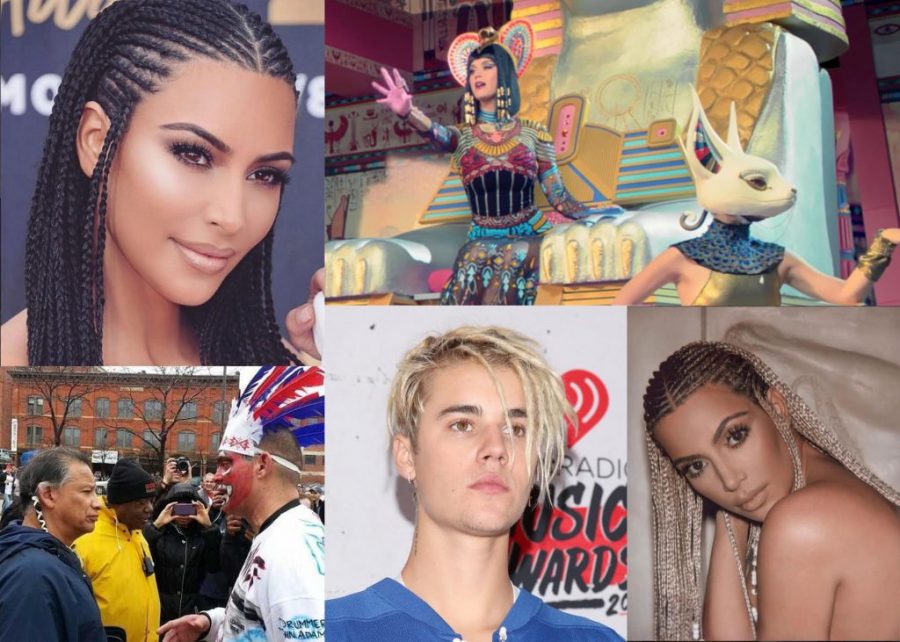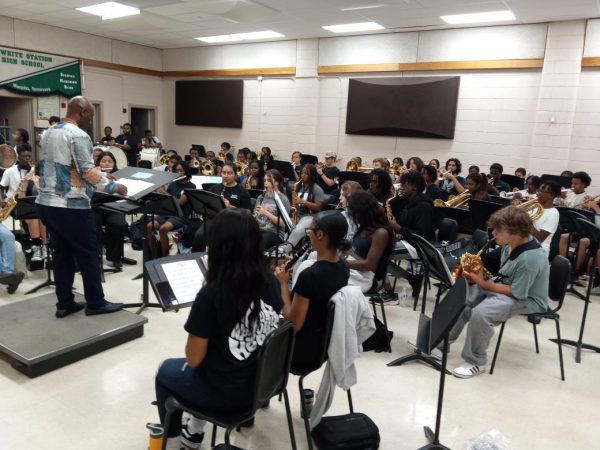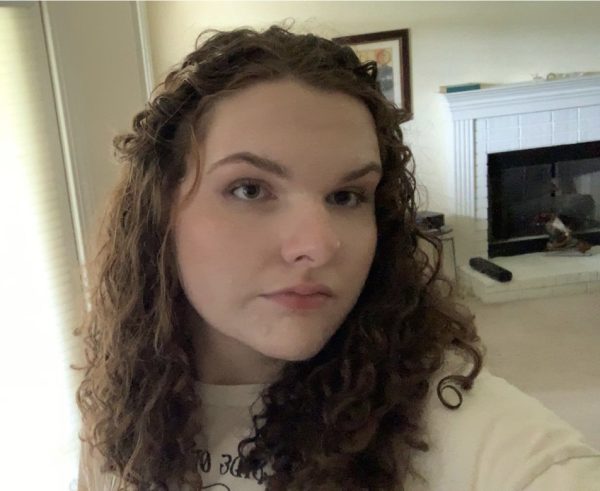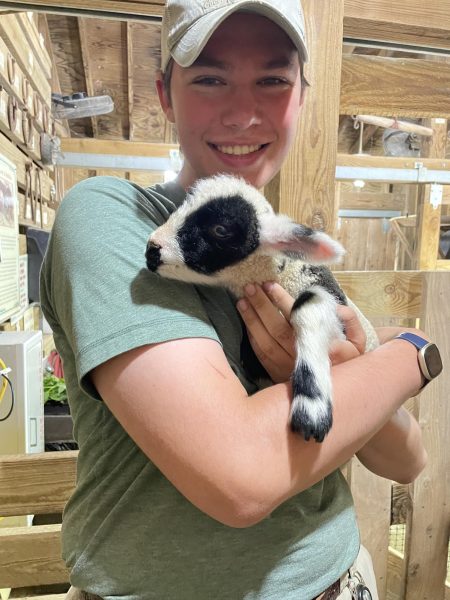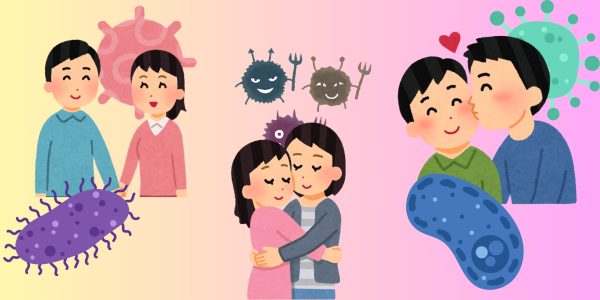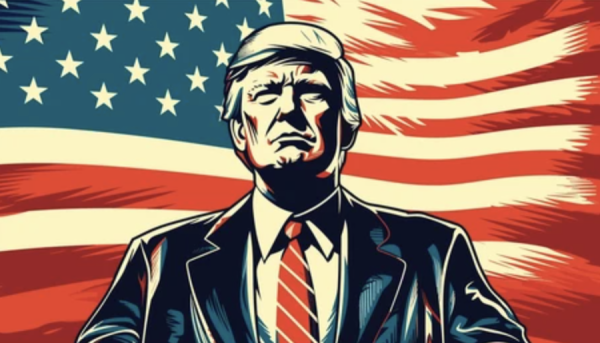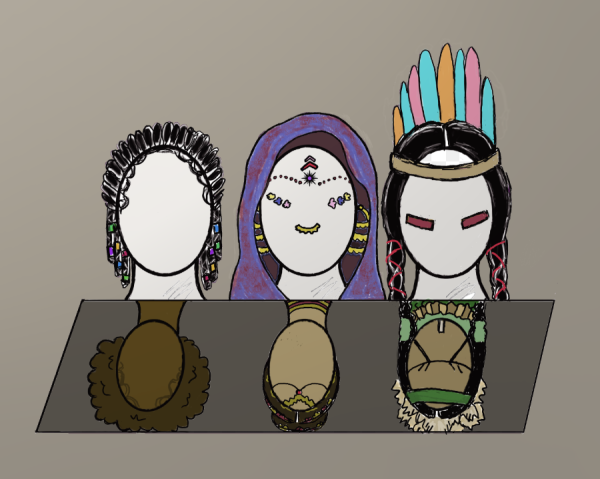How cultural appreciation becomes appropriation
Celebrities mixing up cultures and trends has become a norm. Kim Kardashian, Justin Bieber, Ariana Grande, and Katy Perry are just a few examples of public figures who appropriate culture.
As a kid, everyone is taught the golden rule: treat others the way you want to be treated. The American idea of ‘I can do what I want when I want’ overshadows it. Not considering how others feel is the root of appropriation.
“Cultural appreciation is when you seek to learn about a culture and appreciate the differences you have and to honor it,” Ella Rauls (10) said. “People can appreciate a culture by reading books, making food and talking to other people about their culture.”
In such a diverse country, celebrating different cultures is a norm, but in an attempt to celebrate, people often cross the line of cultural appreciation and fall into cultural appropriation without noticing. These two terms are often confused.
“Cultural appropriation is when people take an element or elements from a culture and they identify as their own,” Amarie Raymond (12) said. “Sometimes it is done on purpose; most of the time it is mindless.”
Appropriation can be tricky. Some people believe simply taking an element from a culture is appropriating, while others believe that as long as a person is educated, it is okay.
“Cultural appreciation is when someone wants to learn and understand about someone else’s culture to connect with other people of different cultures, but cultural appropriation is when someone takes a part of someone else’s culture and uses it for their own personal gain,” Krithika Kameshwaran (9) said.
Many minorities are upset about the hypocrisy and ignorance of appropriation. People forget to consider how using an element of a culture can be disrespectful.
“If you want to learn and educate yourself to appreciate my culture I’d be happy to help and see that, but if you just want a part of it to show off or appropriate it, and still not the people of my culture then it’s unfair,” Kameshawaran said. “It makes me frustrated and sad.”
Public figures are often to blame for taking a culture and molding it into a trend. When they choose a certain hairstyle or wear certain clothing, they are setting an example for the public. Young adults idealize celebrities instead of questioning whether something a celebrity does is morally acceptable.
“When Kim Kardashian was wearing a style of braids, they were calling it boxer braids, but it came from the African American culture… They are called cornrows simply because in slavery they were braiding corn and rice to these braids so when they ran away, they would have them,” Raymond said. “I am sure Kim Kardashian did not know that…you shouldn’t try to take a part of culture as your own and change the name.”
Especially when celebrities make it “okay,” cultural appropriation can be hard to grasp for those who are not in touch with their own background.
“Many people don’t understand because as a white American we don’t have deep cultural roots and so we don’t get what it’s like for someone to make a part of our heritage a trend,” Rauls said.
The key to avoiding appropriation and understanding how to properly appreciate is educating yourself. The more you know, the easier it is to respect a culture, and the harder it is to disrespect a culture.
“If the person respects, loves and appreciates the culture as a whole, not just a hairstyle, clothing or accessories, then they are being culturally appreciative,” Kameshwaran said.
Your donation will support the student journalists of White Station High School. Your contribution will allow us to purchase equipment and cover our annual website hosting costs.



































